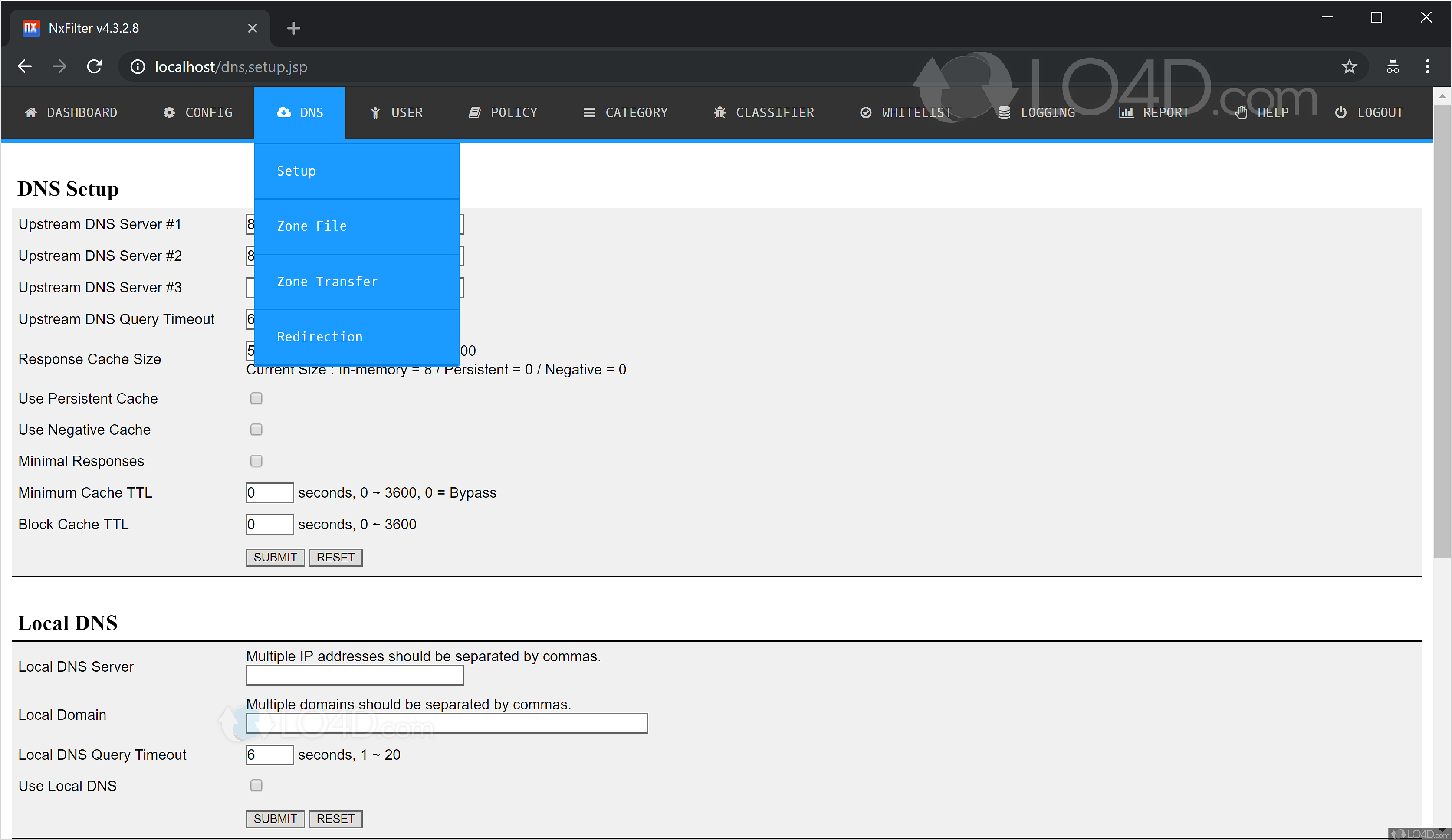
Like any other project I run everything in a Docker container, and this project should be no different. I am entirely confident to rely my entire home infrastructure on a $35 Raspberry Pi running an Open Source project. The risk of the project is a single Raspberry Pi is now the single point of failure for my network, so reliability becomes a concern. Installing Pi Hole should increase performance and security simultaneously for our home network. So instead of loading the ad from the real domain, the blank page from the Pi is downloaded, thus “blocking” the ad or metric.

This Web server just serves up a blank page. How does the Pi Hole work though? The Pi Hole answers your computer’s DNS queries and if it is a domain on the blacklist, it sends the request to the Pi Web server. Now I get to decide how I server metrics and ads as well. Since I switched to SimpleAnalytics to stop tracking people on our websites I thought to apply the same principle to our home network. The Pi Hole blocks Ads, Malware, and overreaching metrics collection network-wide. Managing all your devices is cumbersome, hard to maintain, and leaves a gaping hole for network-connected devices like TV's, Printers, Alexa's, Sonos, or any other smart devices which connect to your network. Traditional Ad Blockers are usually Browser Plugins or software utilities on every computer on your network. This Raspberry Pi project Pi Hole is the gatekeeper to our home network. This time it is entirely different (I always say this). The rainy day finally arrived when I stumbled across a new project. Our household has a few Raspberry Pi's doing various tasks from tracking airplanes flying overhead, measuring temperature humidity in our house, Docker projects, and several more hidden away for a rainy day.


 0 kommentar(er)
0 kommentar(er)
